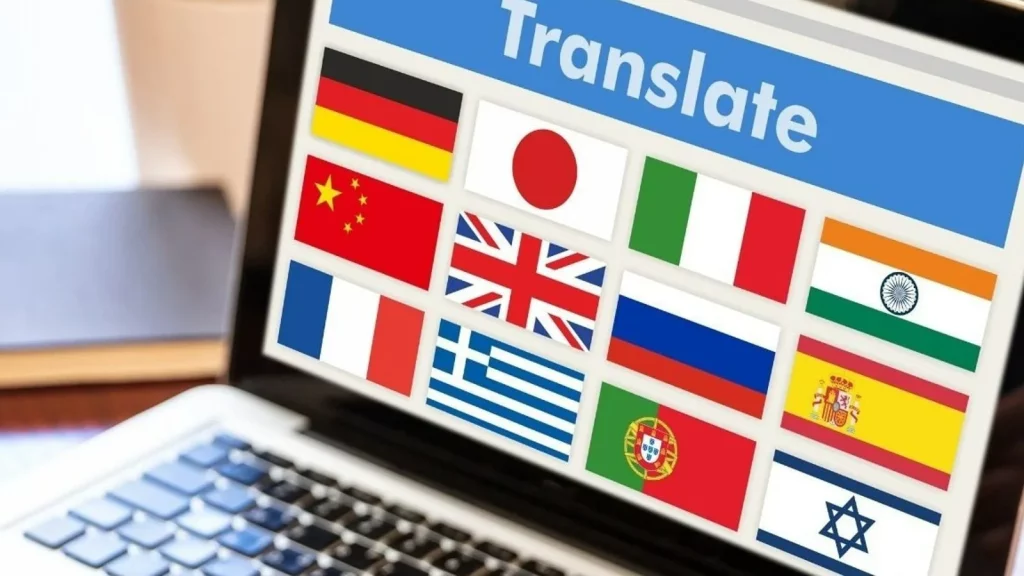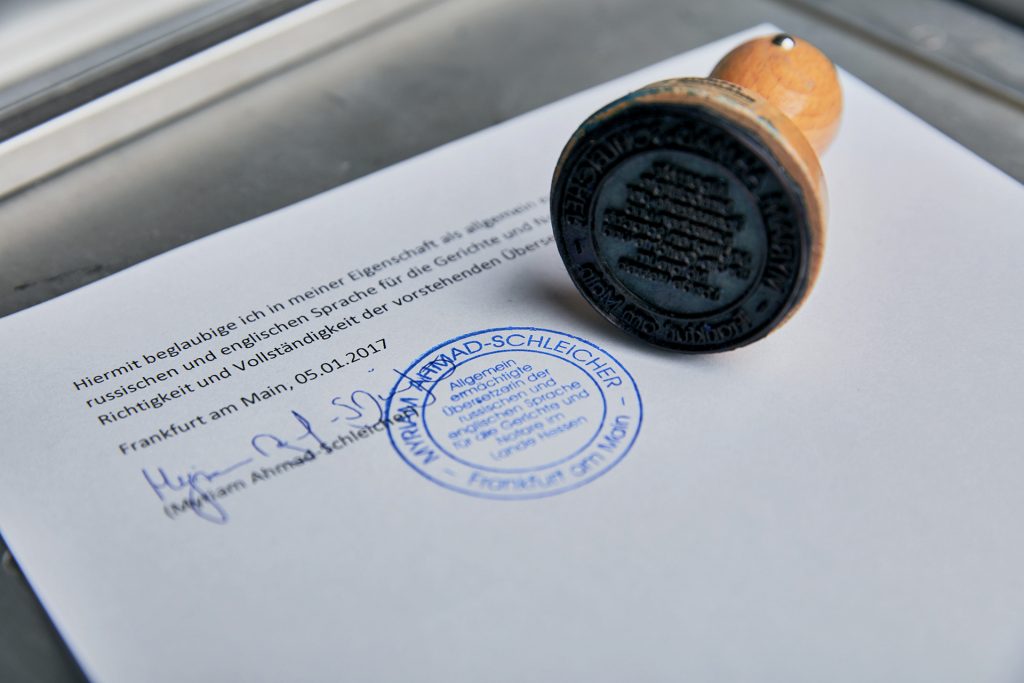Translation with https://lingvanex.com/translation/english-to-tagalog plays an essential role in facilitating intercultural communication in the realm of migration. It is a crucial tool that helps bridge the linguistic and cultural gap between immigrants and the host community, assisting in the integration process, promoting social inclusion, and ensuring equal access to essential services.
Role of Translation in Migration
Facilitating Integration: By translating essential documents, information, and services into migrants’ native languages, translators help them navigate their new environment and understand their rights and responsibilities.
Enhancing Communication: Translators play a critical role in enabling effective communication between immigrants and local institutions, such as schools, healthcare services, and government offices.
Mediating Cultural Differences: Translators also serve as cultural mediators, helping to promote mutual understanding and respect between immigrants and the host community.
Challenges in Translation for Migration
Linguistic Diversity: Immigrants often come from diverse linguistic backgrounds, which requires translators to be proficient in a wide range of languages.
Cultural Sensitivity: Translators with https://lingvanex.com/translation/english-to-french must navigate cultural differences and sensitivities, which can be complex and nuanced.
Legal and Institutional Terminology: Translating official documents and communicating with institutions often involve understanding and accurately translating legal and institutional terms.
Strategies for Effective Translation in Migration
Employing Community Interpreters: Community interpreters share the same cultural background as the immigrants, making them effective in bridging cultural and linguistic gaps.
Using Technology: Language technology, such as machine translation and language apps, can assist in translating a wide range of languages and dialects, though human translators are still needed for accuracy and cultural nuances.
Providing Training: Regular training for translators can help them understand the evolving challenges and needs associated with migration, improving their ability to facilitate intercultural communication effectively.
The intersection of translation and migration highlights the vital role that translators play in fostering intercultural communication and understanding. They not only bridge language barriers but also aid in navigating the complexities of cultural differences. Despite the challenges, through their skills and dedication, translators contribute significantly to making societies more inclusive and welcoming to all.



